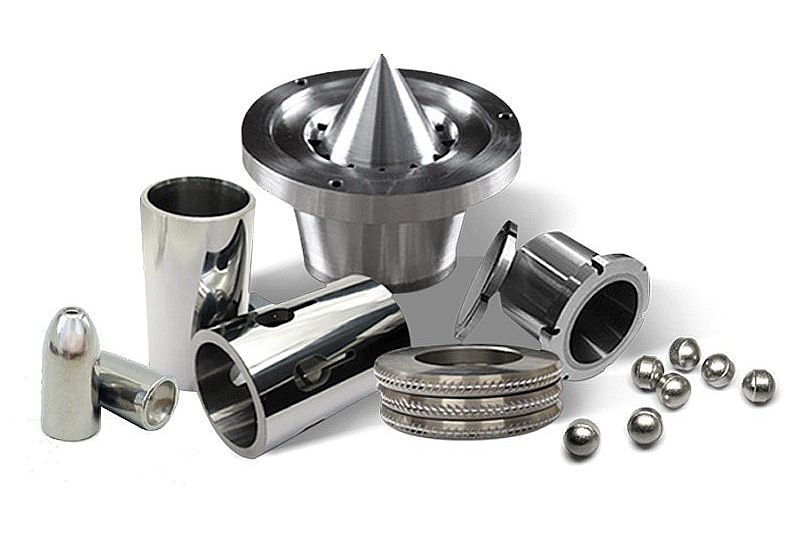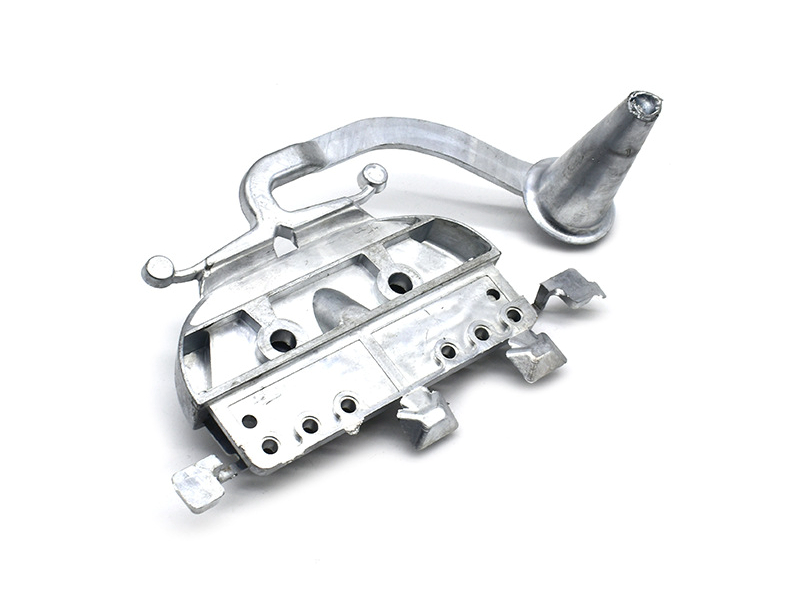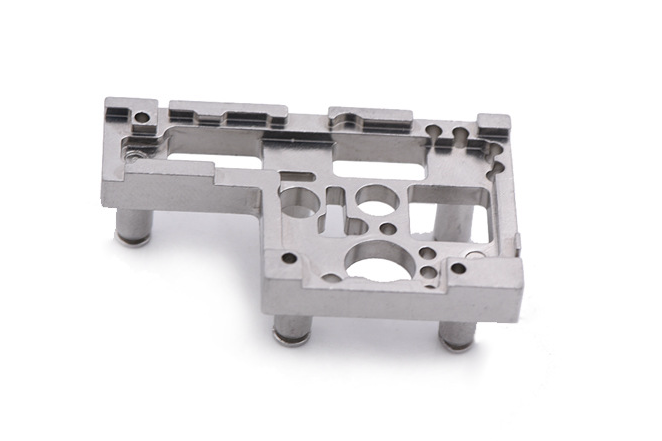For miniaturized lock parts, which is better — MIM or investment casting?
For miniaturized lock components—such as cams, pawls, anti-pry pins, and gear mechanisms—the choice between metal injection molding (MIM) and investment casting depends on required precision, part complexity, material strength, and expected production volume. While both are near-net-shape technologies, they serve different performance windows in custom parts manufacturing. Smart locks, electronic access systems, and compact security modules typically benefit more from MIM when tolerances, repeatability, and integration of internal features are critical.
Precision and Feature Formation
MIM is highly advantageous for producing small lock components with complex geometry, thin walls, spline details, or undercuts. Tight tolerances and dense material structures can be achieved without requiring heavy post-machining. Alloys such as MIM-440C, MIM-D2, and MIM-52100 provide excellent wear and fatigue resistance after heat treatment. Investment casting can form similar shapes but usually requires secondary machining to achieve functional surfaces and assembly-critical tolerances.
Suitability for Miniaturization
When components are smaller than a few centimeters, investment casting may encounter limitations in dimensional stability, gate residue, and controlling thin-wall flow. MIM, on the other hand, supports complex structures below 1 mm thickness and is ideal for integrated mechanisms in locking system assemblies. Combined with insert molding or overmolding, metal inserts can be directly integrated with plastic housings without compromising geometry or durability.
Surface Finish and Post-Process Benefits
Investment casting often requires machining, grinding, or polishing to reach final tolerances. Smaller geometries make such finishing steps more costly. MIM parts typically emerge with smoother surfaces and can be finished with tumbling or polishing to reach a ready-to-assemble condition. Additional surface protection, such as PVD or nitriding, further enhances wear resistance and corrosion protection in outdoor or high-use applications.
Cost and Production Volume Considerations
For small volumes or large, complex structural components, investment casting remains a competitive option. However, for smart lock parts produced in high quantities, MIM drastically reduces the cost per unit once tooling is developed. The process is particularly cost-effective for assemblies requiring multiple metal parts with fine features. During initial validation, prototypes can be produced using CNC machining prototyping or 3D printing prototyping before transitioning to full-scale MIM production.
Summary Selection Guideline
Investment casting is best for larger lock housings and structural components with moderate tolerances. MIM is superior for precise, miniaturized parts within smart and electronic locks where compactness, durability, and smooth operation are essential. When combined with optimized alloys and surface treatments in a MIM workflow, enhanced performance and high-volume scalability become attainable for advanced locking technologies.



